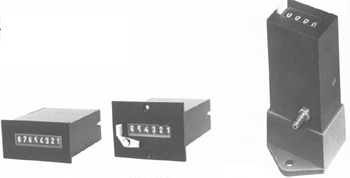Using Pneumatic Systems and Parts
Pneumatic systems utilize pressurized gas or air as means to make operations work. This is normally compressed air or compressed inert gas. The term pneumatics is derived from Greek, and the word means breath. Despite the fact that the system runs on gas or air, some electricity is needed. The compressor in the system, which is located in the center of the system, gives power to the air that in turn runs the rest of the device. The systems are normally controlled with solenoid valves (whether they are automatic or manual).
It is not uncommon for individuals to come into direct/indirect contact with pneumatic systems. For truck or bus drives that use air breaks, that is a pneumatic system. A dentist's drill is powered with pneumatics. Some homes and offices use pneumatics to control HVAC systems. You can even find pneumatic devices in certain musical instruments, like pipe organs and player pianos. The versatility of these systems allows for them to be easily used for many different functions.
Pneumatic Controls
Despite all the good that can be offered, pneumatic systems still have their issues. One of the main issues is a problem with air leaks. It is important to keep an eye on this and to seal areas that are leaking. If there is leaking, pneumatic counters and pneumatic valves will not work properly.
Related Reading
- The Effectiveness of Pneumatic Controls Systems
Pneumatic control systems function with compressed air that controls the system, including in the control of HVAC systems.
- Basic Principles of Pneumatic Controls
- Basic Principles of Pneumatic Control


- Ellis/Kuhnke Controls
132 Lewis Street Unit A-2, Eatontown, N.J. 07724
Phone: 1-800-221-0714
Fax: 732-291-8154
Email: Info@ekci.com
- Home Pneumatic Controls Technical Info CAD Drawings Contact Us Pneumatic Timers Blog Site Map
